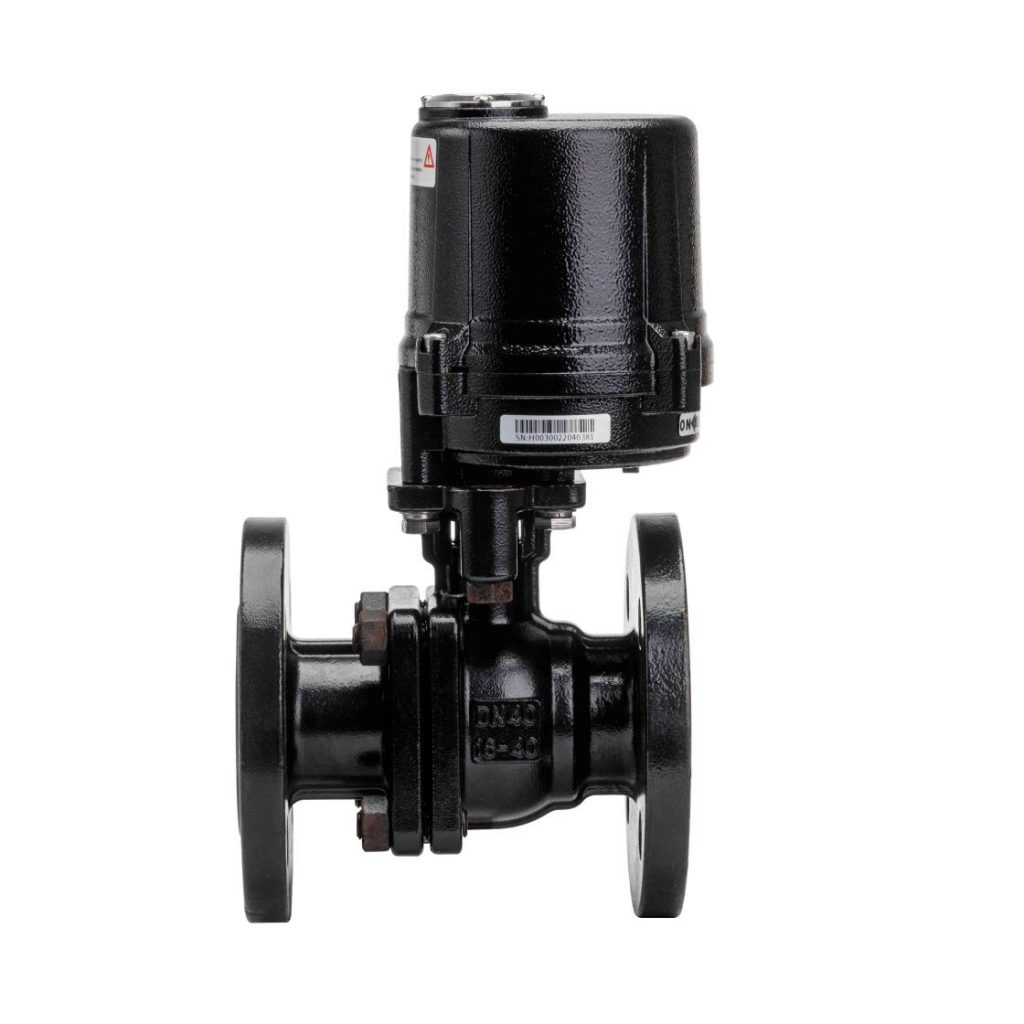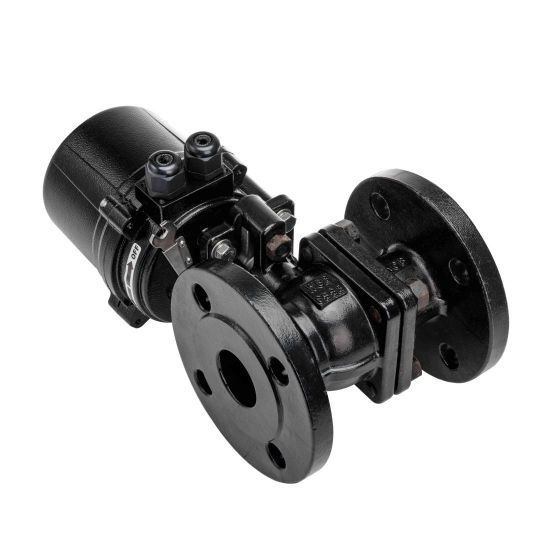Electric high temperature ball valves are essential components in modern industrial applications, particularly in sectors requiring precise flow control at elevated temperatures. These valves combine the efficiency of electric actuation with the reliability of ball valve design, offering a robust solution for managing fluid flow in extreme conditions. This article delves into the characteristics, benefits, applications, and considerations of electric high temperature ball valves, highlighting their significance in various industries.

Understanding Electric High Temperature Ball Valves

An electric high temperature ball valve consists of a spherical disc (the ball) with a hole through the center. When the valve is open, the hole aligns with the flow direction, allowing fluids to pass through. Conversely, when closed, the ball rotates 90 degrees to block the flow. The “electric” component refers to the valve’s actuator, which utilizes electric power to automate the opening and closing of the valve. These valves are specifically designed to withstand high temperatures, often exceeding 200°C (392°F), making them ideal for applications in steam, hot water, and other high-temperature media. The materials used in their construction, such as stainless steel or other alloys, are selected to resist thermal degradation and maintain performance integrity.

Leave a Reply